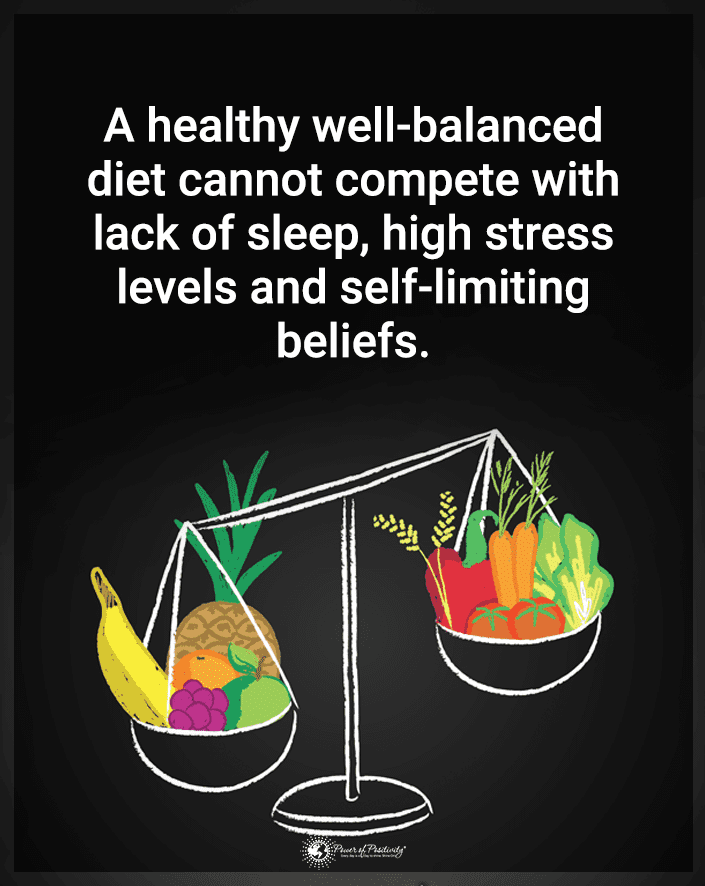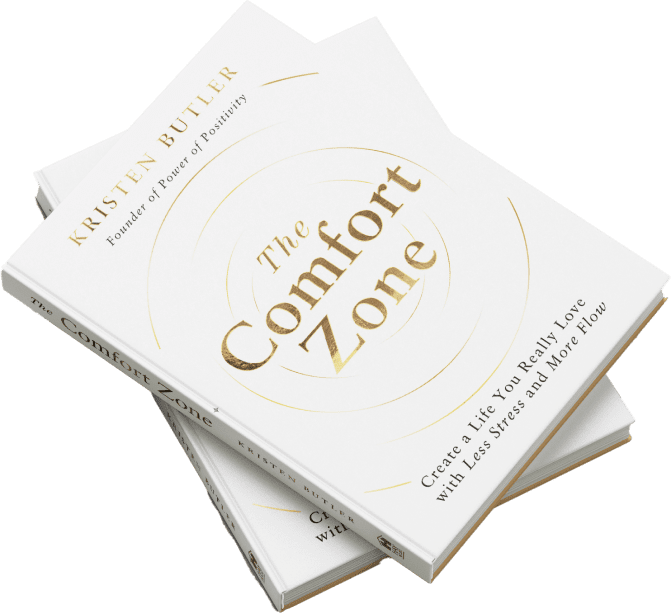Anxiety is intense, excessive, and persistent dread or uneasiness about everyday situations. People who experience frequent worry or fear may have symptoms such as a rapid heart rate, shallow breathing, sweating, nausea, and fatigue. These recurrent anxious episodes can also lead to mental and emotional issues like social withdrawal, low self-esteem, and depression.
Anxiety can significantly impact our daily lives, affecting our ability to function at work, maintain relationships, and enjoy daily activities. However, incorporating stress-reducing practices into our routine, such as mindfulness meditation, deep breathing exercises, and taking care of our physical health, can help us manage our worries and lead a happier and more fulfilling life.
By learning and implementing these techniques for calming anxiety fast, you can effectively manage stress and regain control of your emotions in just a few minutes.
Understanding Anxiety
Anxiety symptoms can affect the body and mind in alarming ways, as negative emotions trigger the stress response. While this reaction to a perceived danger in your immediate environment can keep you safe, it may also become overly active in unthreatening situations. For instance, in the modern world, our senses have become inundated and overwhelmed by the sheer amount of stimuli we encounter.
Since our bodies haven’t yet evolved to handle the rapid pace of life properly, the ancient limbic system in our brains sometimes overreacts to harmless stimuli. This part of the brain houses the amygdala, the almond-shaped structure that plays a crucial role in activating the fight-or-flight response.
In a life-threatening situation, you can thank this brain region for helping keep you alive and safeguarding you from dangers. However, we often feel anxious due to mental stressors that don’t threaten our lives, such as worrying about a speech or unpaid bills. Acute stress about an upcoming event usually doesn’t pose a problem, as the uneasy feelings will dissipate after the perceived threat subsides.
But if anxiety becomes chronic, it can wreak havoc on the mind and body, potentially causing gastrointestinal disorders, cardiovascular disease, nervous system dysfunction, poor cognitive health, and other issues. However, while our minds can’t always differentiate between real and imagined threats, we can still learn coping strategies to manage symptoms before they spiral out of control.
Four Quick Techniques to Calm Anxiety in Under Five Minutes
If you feel overwhelmed by life and want to alleviate stress quickly, consider adding these practices to your daily routine. (You can do all of these in five minutes or less!)
Breathing Exercises
One of the most straightforward, accessible relaxation techniques for managing tension involves deep breathing. When you’re anxious, your breathing becomes fast and shallow, making you feel even more tense. By slowing down your respiration and taking deep, slow breaths, you can signal to your body that it’s time to relax.
Practicing diaphragmatic breathing, or breathing from your belly, relieves worries by calming the nervous system and reducing tension. Slow, deep breathing draws more oxygen into the body, inducing tranquility and restoring equilibrium in the mind.
How to practice this breathing method:
- Find a quiet, comfortable spot to sit or lie down. Relax your shoulders.
- Close your eyes. Take a deep inhale through your nose, counting to four.
- Hold your breath inside for a count of seven.
- Slowly exhale through your mouth, counting to eight as you exhale.
- Repeat this inhaling, holding, and exhaling cycle for several minutes. Focus on the sensation of your breaths moving in and out of your body.
As you practice deep breathing exercises, you may find that your mind starts to wander. That’s okay! When you notice your thoughts drifting, gently redirect your attention to your breath. With practice, relaxation techniques like deep breathing can become a powerful tool for managing anxiety.
Grounding Techniques
Mindfulness and grounding exercises focus on the present moment rather than ruminating on anxious thoughts or fears. Techniques such as progressive muscle relaxation, mindful breathing, or deep meditation can significantly reduce your anxiety and improve your mind-body connection.
Here are a few at-home techniques to try:
- Mindfulness meditation, which focuses your attention on the present moment without judgment. You can do this by sitting quietly, paying attention to your breath, or using guided meditations.
- Progressive muscle relaxation, tensing and relaxing various muscle groups, one at a time. This technique can help release tension and promote peace.
- Sensory grounding (or 5-4-3-2-1 method), focuses on your senses to stay in the present moment. You can do this by noticing the sensations in your body, focusing on the smells around you, or listening to calming music.

Visualization Techniques
Visualization involves creating mental imagery of calming scenes or situations. It can help you shift your focus away from anxious thoughts and onto something more positive and relaxing.
Here are a few tips for practicing positive visualization:
- Pick a calming scene: Close your eyes and imagine yourself in a peaceful setting. It might be a beach, a forest, or a cozy room that makes you feel safe and supported. Picture yourself there, surrounded by calming sights, sounds, and smells.
- Engage your senses: Try to engage all your senses as you imagine your calming scene. What do you see, hear, feel, and smell? The more vividly you can imagine these details, the more meaningful the visualization will be.
- Practice regularly: Like any other anxiety management technique, visualization takes practice. Set aside a few minutes daily to practice, and incorporate it into your daily routine.
Positive Affirmations
Positive affirmations involve repeating encouraging, confidence-boosting statements to yourself. They can help you transform your self-talk by replacing defeating negative thoughts with empowering ideas that will rejuvenate and inspire you.
Here are a few tips for practicing positive affirmations to reduce anxiety:
- Choose your affirmations: Start by choosing a few positive statements that resonate with you. They could be things like “I am strong,” “I am capable,” or “I am worthy.”
- Repeat them daily: Once you’ve chosen your affirmations, recite them daily in front of a mirror or camera. You can say them aloud or silently to yourself.
- Believe in them: Wholeheartedly believing in your worth is the key to making positive affirmations work. When you repeat them, imagine yourself embodying those qualities and feeling their truth in your body.
Integrating Anxiety-Reducing Techniques into Daily Life
As with any daily practice, it will take time to notice the therapeutic effect of relaxation techniques on your mind, body, and soul. However, with dedication and persistence, you may feel calmer and more capable of handling life’s pressures in just a few weeks. Stress management practices help you build emotional resilience while increasing your awareness, allowing you to tap into your infinite potential.
Set aside five to ten minutes daily to devote to these anxiety-busting techniques. If you prioritize your inner peace and wellness, your consciousness will settle, and everything else will fall into place.

Final Thoughts on Mastering the Tools for Managing Anxiety in Minutes
If you want to reduce anxious thoughts and feeling quickly, try the above techniques and incorporate them into your daily routine. Visualization, meditation, deep breathing exercises, positive affirmations, and other grounding techniques can profoundly affect your consciousness.
We often don’t prioritize ourselves in our busy lives and feel anxious, burnt out, and disconnected. However, we can restore our inner peace by carving out a few minutes to devote to quick anxiety relief strategies. By practicing these methods regularly, you will notice a marked shift in your consciousness and enjoy improved well-being.




















